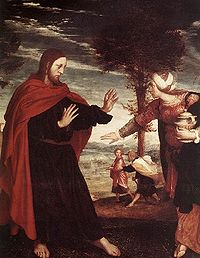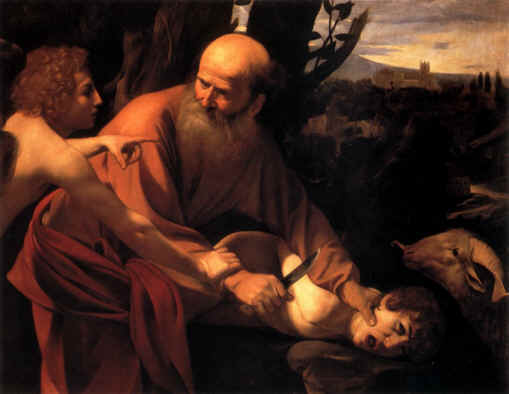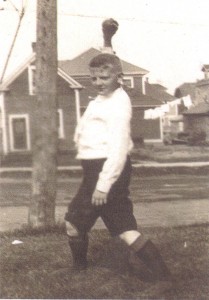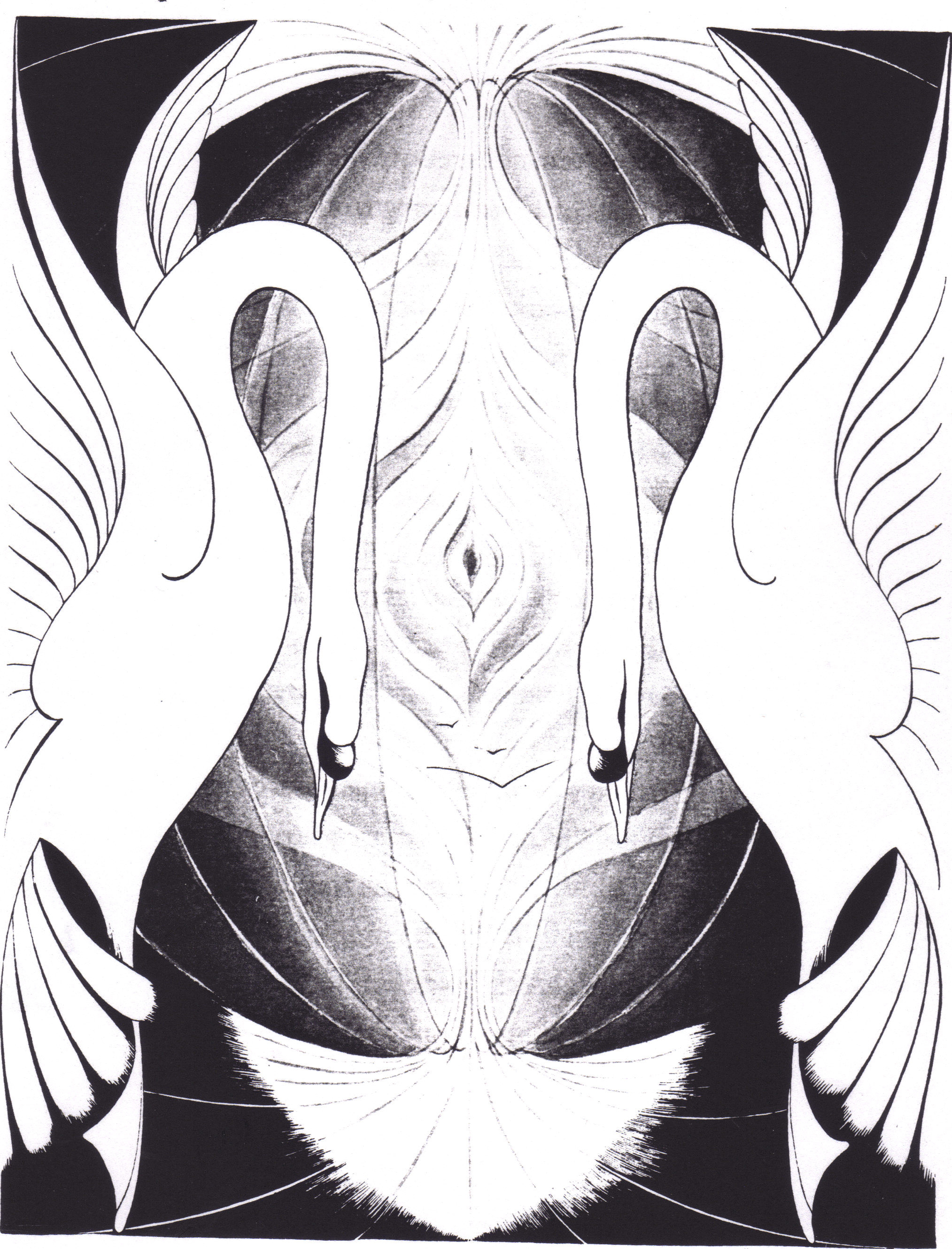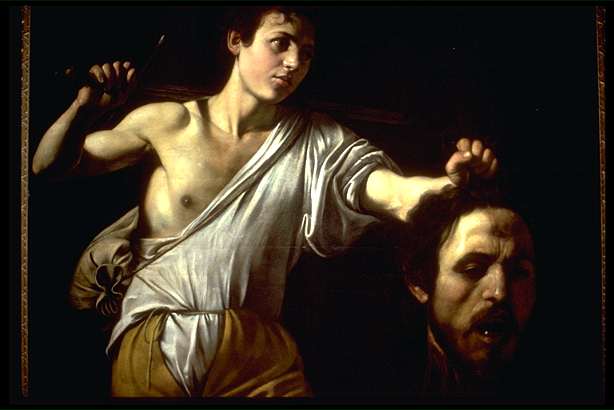
Rembrandt's David and Jonathan
Further to my earlier post:
I’m not altogether sure what Frye intends by what he calls the homosexual or androgynous Jesus, but I suspect it’s related to his notion of the original form of humanity––the adam––before the creation of Eve. That, in any event, is what emerges from Words with Power (127, 189). There, as in most of Frye’s references to homosexuality and androgyny, the thrust is less sexual than metaphorical. But perhaps one could begin to figure out Frye’s views on the issue from those passages where he mentions homosexuality. Some of these are:
I write you some funny letters, don’t I, for a lover? All convention and all tradition is against me. Everybody thought, up to the last century, and most beyond it, that, as women had brains but no disposition to use them, and resented anything but an emotional reaction, that any kind of love that went beyond the caresses and endearments of a union based frankly and brutally on mutual possession of bodies, had something unnatural about it. But, oh, Lord, how dead, smelly, worn-out, stale that kind of love is! All men, all women, only react in one way to physical intimacy, which was why people had to be so frightfully monogamous. And so prudish too, because if there were no taboos on sex the race would die out. And it’s so hard to get away from that. When D.H. Lawrence started writing, everybody thought he’d be the Messiah of a new, fresh, vigorous kind of loving. Well, he did, until the war got him, or Oedipus, or something: anyway he betrayed his trust and slipped back into all the nineteenth-century drivel with Lady Chatterley. A sensitive, intelligent person in love today is a kind of pioneer. The Greeks started the antithesis between cultured, intellectual love and emotional physical love by making the first homosexual and the second heterosexual—or at least the Christian Church completed the antithesis. I think we might resolve that antithesis today, but with economic conditions as primitive and barbaric as they are, it would only work in isolated cases, of which you and I, thank God, are one. A lot of people, including yourself, squawk and squirm and giggle occasionally when talked to like this—but, while I may sound silly in my manner of expression, or pompous or what not—I know all the automatic reactions—to be educated intellectually is so easy, and to be educated emotionally so difficult—I despise a Philistine so much in the arts, that I can’t be satisfied to be one in love. (Frye/Kemp Correspondence, 28 June 1935)
Jesus is a Son, but the Son & the Bridegroom are different: that’s why the gospel Jesus is presented as a homosexual (actually androgynous). The difference comes out in the wedding at Cana [John 2:1–11], which I have no doubt means a wedding where Christ himself was the bridegroom. But that wedding was not a biographical event in Jesus’ life: it’s a parable of the Second Coming. Whenever there’s a son there’s a mother, and Jesus declares his independence of his mother here. The Bridegroom is the sexual Jesus: the Bride is the people, of course, but Jerusalem is the Second Coming of the Virgin individual carrying the Word. (Late Notebooks, 1:277. See also Words with Power, 202–3.)
I am about to write the world’s profoundest poem, with apologies to William James, the only one who has touched my level of genius:
Hogamus, higamus,
God is polygynous.
Higamus, hogamus,
Christ was androgynous.
(Late Notebooks 1: 274)
[James is said to have awakened one day with this jingle ringing in his head: “Hogamus, higamus, / Men are polygamous. / Higamus, hogamus, / Women monogamous.”]
